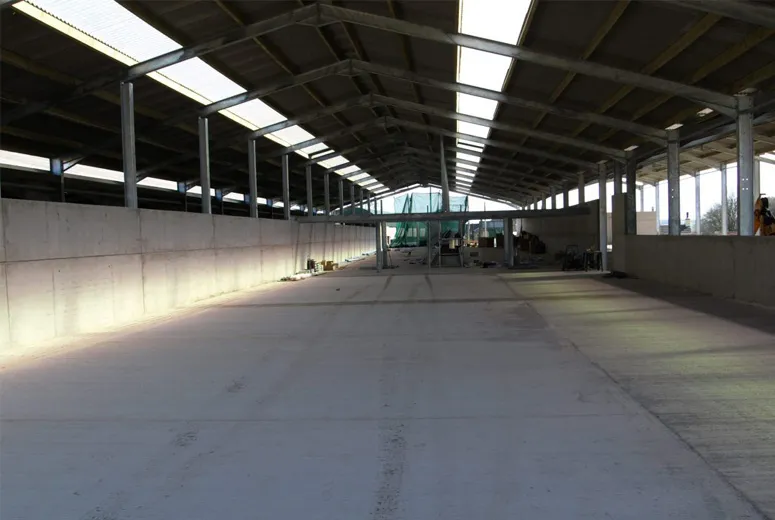- Afrikaans
- Albanian
- Amharic
- Arabic
- Armenian
- Azerbaijani
- Basque
- Belarusian
- Bengali
- Bosnian
- Bulgarian
- Catalan
- Cebuano
- Corsican
- Croatian
- Czech
- Danish
- Dutch
- English
- Esperanto
- Estonian
- Finnish
- French
- Frisian
- Galician
- Georgian
- German
- Greek
- Gujarati
- Haitian Creole
- hausa
- hawaiian
- Hebrew
- Hindi
- Miao
- Hungarian
- Icelandic
- igbo
- Indonesian
- irish
- Italian
- Japanese
- Javanese
- Kannada
- kazakh
- Khmer
- Rwandese
- Korean
- Kurdish
- Kyrgyz
- Lao
- Latin
- Latvian
- Lithuanian
- Luxembourgish
- Macedonian
- Malgashi
- Malay
- Malayalam
- Maltese
- Maori
- Marathi
- Mongolian
- Myanmar
- Nepali
- Norwegian
- Norwegian
- Occitan
- Pashto
- Persian
- Polish
- Portuguese
- Punjabi
- Romanian
- Russian
- Samoan
- Scottish Gaelic
- Serbian
- Sesotho
- Shona
- Sindhi
- Sinhala
- Slovak
- Slovenian
- Somali
- Spanish
- Sundanese
- Swahili
- Swedish
- Tagalog
- Tajik
- Tamil
- Tatar
- Telugu
- Thai
- Turkish
- Turkmen
- Ukrainian
- Urdu
- Uighur
- Uzbek
- Vietnamese
- Welsh
- Bantu
- Yiddish
- Yoruba
- Zulu
Dec . 03, 2024 18:41 Back to list
Understanding Skeleton Steel Framing A Structural Revolution
Skeleton steel framing is a construction method that has transformed the architecture and engineering disciplines, facilitating the rise of towering skyscrapers and expansive industrial buildings. This innovative approach provides a strong and flexible framework that supports various types of cladding materials, allowing for aesthetic diversity and functional adaptability. In this article, we will explore the fundamental concepts of skeleton steel framing, its advantages, applications, and some challenges associated with this building technique.
At its core, skeleton steel framing involves creating a structural framework primarily using steel columns and beams. These components form a skeleton-like structure, hence the name, which then supports the building's floors, walls, and roof. Unlike traditional masonry buildings that rely heavily on load-bearing walls, skeleton frames allow for open interior spaces, enabling greater design freedom. This results in efficient layouts that can be tailored to meet the needs of diverse occupant activities, from residential to commercial and industrial uses.
One significant advantage of skeleton steel framing is its strength-to-weight ratio
. Steel, being a robust material, can bear heavy loads while remaining lightweight compared to other construction materials such as concrete or brick. This characteristic not only allows for taller and more slender structures but also minimizes the foundation requirements and reduces material costs. Moreover, steel’s inherent durability means that buildings framed in steel can withstand extreme weather conditions, including high winds and seismic activity, making them an excellent choice for various geographical locations.Additionally, skeleton steel framing contributes to the sustainability of modern construction. Steel is highly recyclable, and many manufacturers produce it from recycled materials, significantly reducing the environmental impact of new buildings. Furthermore, the speed of construction associated with this method allows for faster project completion, thus conserving resources and reducing labor costs. In an age where sustainability is paramount, skeleton steel framing provides an eco-friendly solution without compromising on quality or performance.
skeleton steel framing

In terms of applications, skeleton steel framing is widely used in commercial high-rise buildings, warehouses, and industrial facilities. Iconic structures, such as the Empire State Building and the Willis Tower, showcase how this approach enables architects to create landmark designs that shape city skylines. Furthermore, as urban areas continue to expand, the need for efficient multi-story buildings has increased, making skeleton steel framing an ideal solution for urban development projects.
Despite its many advantages, skeleton steel framing does face several challenges. One notable concern is thermal conductivity; steel is a great heat conductor, which can lead to heat loss in cold climates. To counteract this, builders often use insulation materials within the framing system or integrate thermal breaks to enhance energy efficiency. Additionally, the design of joints in steel structures is critical, as improper connections can lead to structural weaknesses, especially during seismic events.
Moreover, the reliance on steel also makes it susceptible to corrosion, particularly in coastal or industrial areas. Therefore, appropriate protective measures, including galvanization or paint coatings, are essential to enhance the longevity of steel structures.
In conclusion, skeleton steel framing represents a pivotal advancement in construction methods, offering numerous benefits such as strength, flexibility, and sustainability. While challenges exist, innovations in engineering and materials technology continue to improve its efficacy and application. As urbanization accelerates globally, the demand for efficient and adaptable building solutions like skeleton steel framing will undoubtedly shape the future of architecture and construction. From towering skyscrapers to expansive industrial complexes, this approach underpins the modern landscape, bridging the gap between function and form in the built environment.
-
How Do Prefabricated Steel Structures Transform Modern Construction?
NewsJul.14,2025
-
How Do Prefabricated Metal Buildings Redefine Modern Construction?
NewsJul.14,2025
-
How Do Prefab Insulated Metal Buildings and Steel Structures Revolutionize Modern Construction?
NewsJul.14,2025
-
How Do Pre - Engineered Steel Structures Redefine Modern Construction?
NewsJul.14,2025
-
Advancing Modular Construction with Prefabricated Metal Structures
NewsJul.14,2025
-
Advancing Industrial Infrastructure with Prefabricated Steel Solutions
NewsJul.14,2025
Products categories
Our Latest News
We have a professional design team and an excellent production and construction team.












